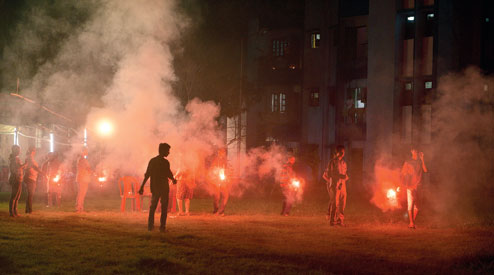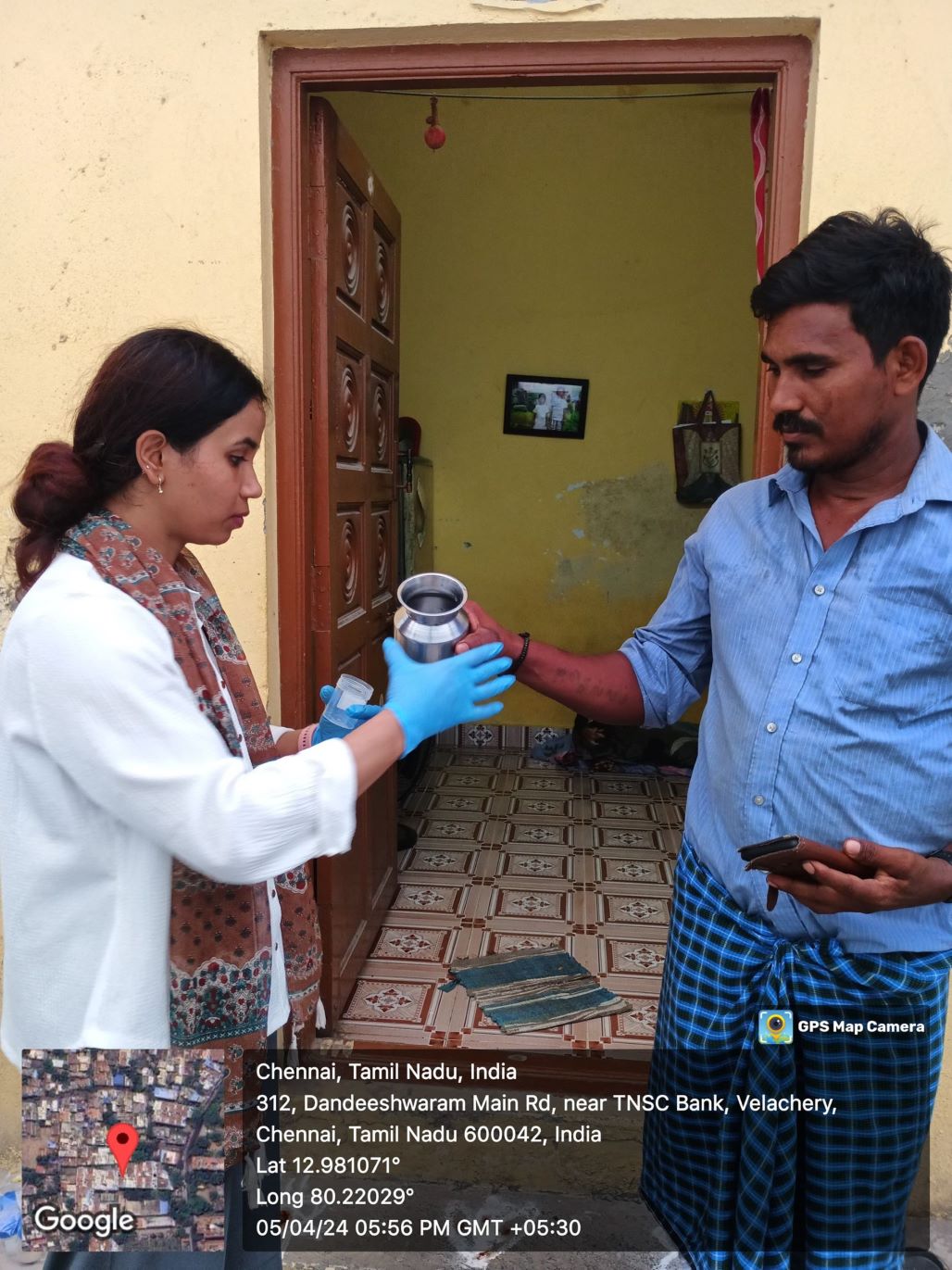Diwali — Deepavali, the “row of lights” — is ancient. For millennia its core rituals centered on illumination: earthen diyas, oil, rangoli, shared feasts and prayers to Lakshmi or regional deities depending on local lore. Fire and light were symbol and sacrament long before manufactured pyrotechnics arrived in India via global trade in gunpowder and the later spread of consumer goods.
The bright, metallic percussive crack of sparklers — a sound as much a part of Diwali as oil lamps and rangoli — is, surprisingly, a relatively new stitch in a very old cloth. The story of how firecrackers entered Indian life is both a global tale (gunpowder’s long journey from China) and a very local one: entrepreneurs in colonial and post-colonial India, shifting factories, festival economies and evolving law all turned fireworks from an imported novelty into the soundtrack of Diwali.
Small royal displays and imported fireworks appear in colonial records from the 19th century, but the transformation into a democratized, mass consumer practice is largely modern. Industrial manufacture (notably the cluster in Sivakasi and other southern towns), cheap small crackers, distribution networks and aspirational festival consumption turned fireworks from a spectacle for the few into an affordable ritual for millions. As supply grew and costs fell, sparklers and rockets migrated from marketplaces into balconies and bylanes until the whole night thrummed.
This year’s Diwali reminds us of an uncomfortable truth: what began, historically, as a festival of lamps has in modern times become a festival of blasts — and those blasts now leave a measurable, harmful trace on the air we all share. Data from this Diwali are stark because they are raw and immediate. Independent air trackers and government monitors recorded post-festival PM2.5 and AQI surges across major metros: Delhi’s stations registered readings that pushed many sites into the “very poor” to “hazardous” bands (with headline AQI figures reported in the 300–500+ range by multiple outlets); city averages of PM2.5 in the hundreds of micrograms per cubic metre were reported in immediate post-Diwali assessments.
Other large cities — Kolkata, Mumbai, Chennai and Bengaluru — felt the same short, sharp shock, though coastal and meteorological differences moderated each city’s exact numbers. Those spikes are not abstract: they mean tiny particles, breathed deeply, traveling into lungs and bloodstreams across every neighbourhood.
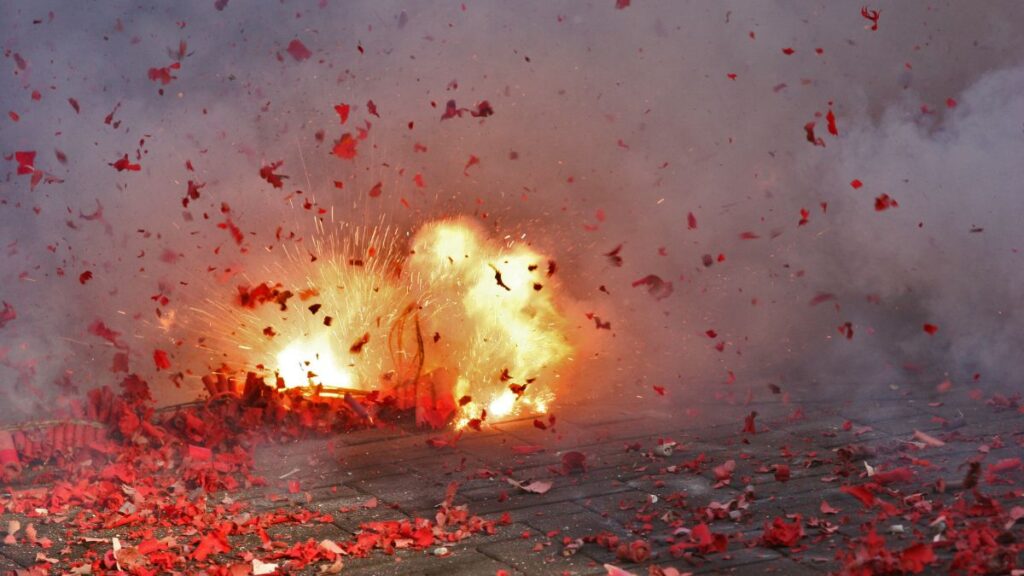
Gunpowder, fireworks and a world of trade
Gunpowder and the earliest fireworks began in medieval China, where simple pyrotechnic displays evolved from military and religious uses into entertainment. Through trade routes — the Silk Roads, the sea lanes of Asia and later European maritime networks — pyrotechnic know-how and finished fireworks gradually diffused westward. By the early modern period Europeans were using gunpowder for public spectacles, and the basic chemistry of fireworks — an oxidiser, a fuel and a metal salt for colour — was widely understood across Eurasia. The technology did not arrive in India as one dramatic event but through slow transfers of goods, ideas and skilled labour linked to colonial trade and the demands of both rulers and urban elites.
Several sources from the 19th century already mention fireworks at public celebrations. In some princely courts and at urban fairs, fireworks had been used as pageantry — a royal or municipal display of light and power. But their penetration into popular ritual life was gradual. Newspaper and traveler accounts from colonial India mention “Dewalee” celebrations with lights and occasional fireworks as early as the 1800s, indicating fireworks were part of the festival, but far from universal or inexpensive. Over the 19th and early 20th centuries, urbanization, rising markets for inexpensive manufactured goods and the growth of local workshops made small consumer fireworks increasingly available to ordinary households.
Calcutta to Sivakasi and the rise of a southern hub
Two linked industrial stories explain how production moved from scattered workshops to the organized clusters that dominate India’s supply today. By the late 19th and early 20th centuries, some Indian factories — initially in port cities where imported raw materials and technologies were easiest to access — began manufacturing the sorts of “small fireworks” (sparklers, fountains, Bengal lights) people wanted at festivals. Calcutta (Kolkata), with its colonial connections and industrial activity, hosted some of these early undertakings before the industry migrated south for reasons of climate, raw materials and labour.
Sivakasi in Tamil Nadu became the most important single answer to the question “where are India’s fireworks made?” Beginning in the early 20th century, local entrepreneurs who had first found success with matches and printing shifted into sparklers and small fireworks; P. Ayya Nadar and A. Shanmuga Nadar are often credited with critical early investments that turned village-level craft into organized factories. Over decades Sivakasi built a cluster economy — matchboxes, printing (labels, calendars), and pyrotechnics — that could supply the country. Today Sivakasi and its region supply a very large share of India’s crackers and match products, and the town’s name is shorthand in India for the fireworks trade.
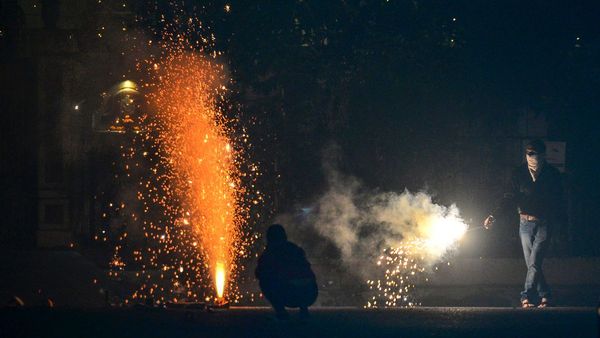
Why did Diwali, among many Indian festivals, become so inseparable from firecrackers?
The answer is partly symbolic and partly economic.
Symbolically, Diwali is a festival of light and victory of light over darkness — clay lamps, strings of electric lights, and bright displays all fit the mood. The audible, visible excitement of fireworks amplifies the festival’s sensory message: a communal declaration of joy and abundance. But the more structural reason is market timing. Fireworks are seasonal goods with very concentrated demand — the weeks around Diwali account for the bulk of annual sales. That concentration made it profitable for manufacturers to gear production and retail around the festival: small, cheap consumer fireworks became an affordable way for households to participate in festival spectacle. As supply grew and prices fell, what had once been elite fireworks displays became household rituals; ordinary families could buy sparklers and small rockets the way they buy sweets and new clothes for Diwali. The ritual adoption unfolded across the late 19th and 20th centuries, reaching mass scale only when modern manufacturing and distribution made crackers affordable and widely available.
The manufacturing and sale of fireworks are regulated under India’s colonial-era Explosives Act of 1884 and later rules — a legal architecture that governs licences, storage, transport and safety. As the industry industrialized and clustered (notably in Sivakasi), tragic accidents — fires and explosions in poorly regulated units — prompted tighter oversight, court cases and reform efforts. The government and the Petroleum & Explosives Safety Organisation (PESO) enforce licensing and safety norms, and modern rules restrict certain types of crackers and cap sound limits to reduce risk. Despite regulations, low-compliance units and the seasonal pressure to push more product to market have produced periodic disasters and ongoing debates about enforcement.
From the late 20th century and especially in the past 15 years, the environmental and public-health consequences of Diwali fireworks have moved to center stage. Scientific studies and air-quality monitoring show sharp spikes in particulate matter (PM2.5 and PM10) around Diwali in many Indian cities, with documented short-term impacts on respiratory health. This evidence, together with court rulings and civic campaigns, has pushed governments to pilot and promote “green crackers” (reformulated to emit fewer particulates and less harmful metals) and, in some places, to restrict sale or timing of fireworks. But enforcement is patchy, local sentiment — which often frames cracker bans as an attack on cultural practice — remains strong, and illegal or unregulated crackers continue to circulate. The conversation now balances cultural tradition, livelihoods of thousands employed in the industry (directly and indirectly), industrial safety and public health.
The fireworks industry generated concentrated employment: manufacturers, packers, printers, transporters and retailers rely on the Diwali cycle. Sivakasi’s cluster model lifted some entrepreneurs and produced a vast seasonal employment ecosystem; yet that same concentration exposed workers to industrial accidents, precarious labour practices and in earlier decades to child labour. Efforts to formalize factories, improve safety protocols and provide alternative livelihoods or social protections continue — and responses to pollution or bans must reckon with the economic consequences for towns and families dependent on the trade.
Today Diwali’s relationship with firecrackers sits at a crossroads. Technological fixes (green crackers) promise reduced emissions, law and municipal policy can limit the most harmful forms and courts have nudged regulators toward tighter standards. Cultural pushback — many see fireworks as intrinsic to celebration — complicates blanket bans. Any lasting change will have to balance several facts of life: Diwali’s sensory meaning for millions, the livelihoods of concentrated workforces (notably in places like Sivakasi), and an undeniable environmental cost documented by scientists and doctors.
In the short term, reforms tend to be incremental: limits on sale hours, decibel and chemical composition restrictions, and encouragement of community displays rather than household-level blasting. Will that be enough to reconcile joy and public health remains a national debate each Diwali reignites.
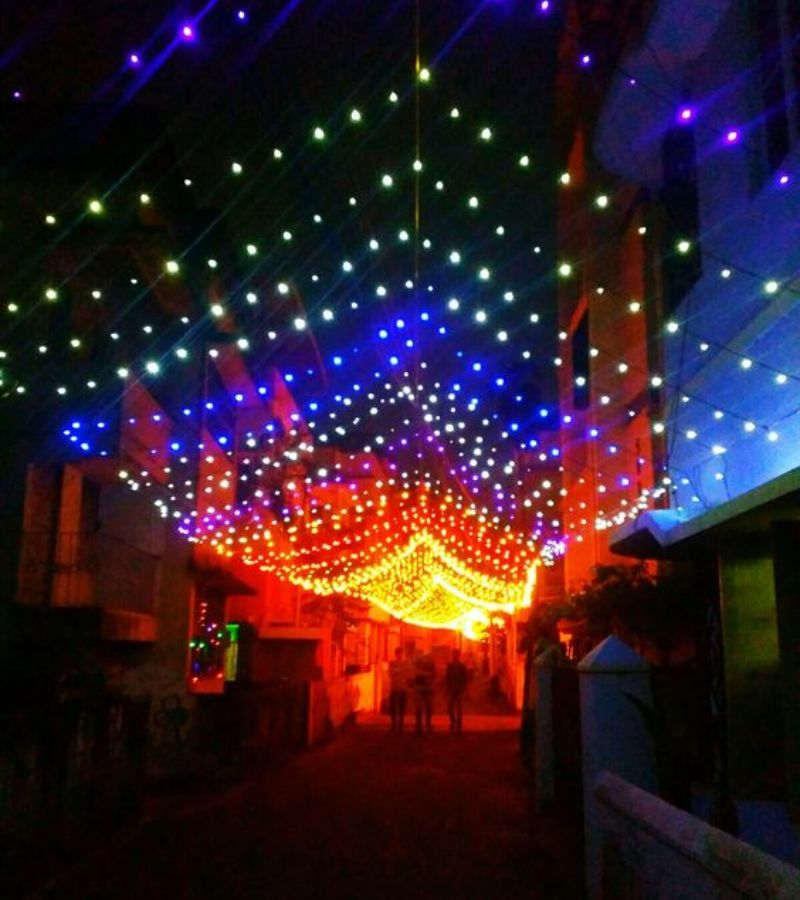
Let us look back again
Picture Diwalis before mass consumer pyrotechnics: terraces lined with flickering clay diyas; whole streets washed in golds and ambers; temples ringing with bells and laughter; families sitting long into the night trading stories or singing. The sound of the festival was human: voices, footsteps, temple drums — not a metallic rattle. Those older practices fulfilled the festival’s symbolic core (light over darkness) while respecting the commons we share — the air, the night, the health of the most vulnerable. Reclaiming those forms is not a denial of modernity; it is a civic choice about which parts of modern life we let define our rituals.
Culture is not static; it is remade every year by what people do and accept. Diwali has room for spectacle and for restraint. The choice now is between a version of the festival that, once a year, adds measurable harm to millions of lungs, and a version that re-centers joy in shared light and sound that heals rather than hurts. If the data from this October teach us anything, it is that the lights we choose to celebrate with must not darken the future we pass to our children.
Sources:
Delhi air-quality reporting after Diwali 2025 — Reuters.
Coverage of Diwali air pollution and health impacts — The Guardian / Al Jazeera reporting.
Recent estimates of festival sales (Rs 6,000–7,000 crore range) and Fireworks Traders Federation reporting — regional press & trade coverage.
Historical and local industry history — SivakasiOnline and local profiles of Ayya Nadar & Shanmuga Nadar.
Industry scale, employment and cluster dynamics — Times of India, Investing.com and municipal reporting on Sivakasi.
Record of accidents and safety issues in Sivakasi — compiled incidents and reporting.
Global market context for fireworks demand and seasonality — industry market research (Reports & Data, Business Research Insights).
